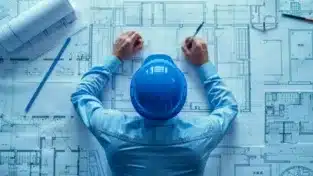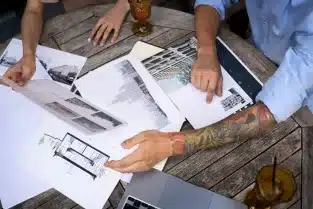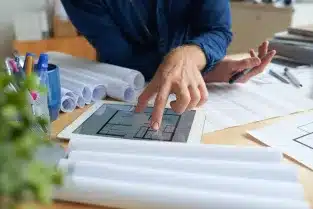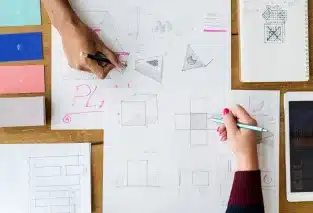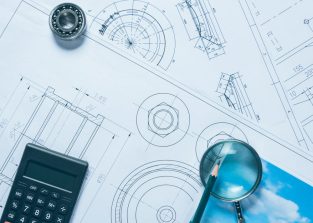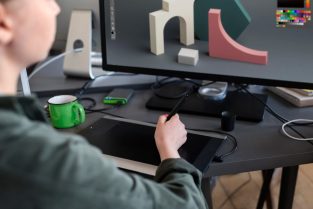In the intricate world of engineering, precision and innovation are paramount. Astcad stands at the forefront, offering top-tier Piping Design and Drafting Services to propel your projects to new heights of success. With a blend of expertise, cutting-edge technology, and a commitment to excellence, Astcad delivers solutions tailored to your unique needs.
Piping Design and Drafting Services
Understanding Piping Design Services: Piping design is the lifeline of various industries, ensuring the seamless flow of fluids and gases within intricate systems. Astcad’s Piping Design Services encompass the entire lifecycle of a project, from conceptualization to execution. Our team of experienced engineers meticulously plans and designs piping systems that adhere to industry standards and regulations while optimizing efficiency and cost-effectiveness.
Key Components of Astcad Piping Design Services:
- Comprehensive Analysis: Before diving into the design phase, we conduct a thorough analysis of your project requirements, considering factors such as fluid dynamics, pressure, temperature, and environmental conditions. This meticulous approach ensures that our designs are not only functional but also robust and reliable.
- Innovative Design Solutions: Leveraging the latest software tools and technologies, our skilled designers craft innovative piping solutions that meet the most complex challenges. Whether it’s designing intricate networks for industrial plants or routing piping systems in commercial buildings, Astcad delivers designs that exceed expectations.
- Optimization and Efficiency: Efficiency is the cornerstone of our design philosophy. Through careful optimization and simulation, we strive to minimize material usage, reduce energy consumption, and enhance overall system performance. This not only translates to cost savings for our clients but also contributes to a more sustainable future.
Piping Drafting Services: Drafting is the blueprint of every successful project, providing a visual roadmap for implementation. Astcad’s Piping Drafting Services transform conceptual designs into detailed technical drawings that serve as the foundation for construction and fabrication.
- Precision Drafting: Our draftsmen are experts in their craft, proficient in industry-standard drafting software and techniques. From isometric drawings to piping plans and elevations, we ensure that every detail is accurately represented, facilitating smooth project execution.
- Collaborative Approach: We believe in close collaboration with our clients throughout the drafting process. Your feedback and insights are invaluable to us, allowing us to tailor our drafts to your specific requirements and preferences.
- Quality Assurance: Quality is non-negotiable at Astcad. Before finalizing any drawing, our team conducts rigorous quality checks to ensure compliance with relevant codes, standards, and specifications. This meticulous attention to detail minimizes errors and ensures the highest level of accuracy.
What is the difference between a piping engineer and a piping designer?
A piping engineer and a piping designer play distinct yet complementary roles in the field of piping design and engineering. Here’s a breakdown of the key differences between the two:
Responsibilities:
Piping Engineer: A piping engineer is primarily responsible for the overall design, analysis, and engineering of piping systems. This includes determining system requirements, selecting appropriate materials, sizing pipes, calculating pressure drops, and ensuring compliance with relevant codes and standards. Piping engineers focus on the technical aspects of piping system design and often work on conceptualizing and planning the layout of piping networks.
Piping Designer: On the other hand, a piping designer focuses on translating the engineering specifications provided by the piping engineer into detailed technical drawings or blueprints. Piping designers create isometric drawings, piping plans, and other visual representations that serve as the basis for construction and fabrication. They work closely with engineers to ensure that the design meets all requirements and specifications.
Skill Set:
Piping Engineer: Piping engineers typically possess a strong background in mechanical engineering or a related field. They have in-depth knowledge of fluid dynamics, thermodynamics, structural analysis, and piping design principles. They also need proficiency in engineering software tools for analysis and simulation.
Piping Designer: Piping designers are skilled in drafting and CAD (Computer-Aided Design) software. They have a keen eye for detail and a solid understanding of engineering drawings and symbols. While they may not require the same level of technical expertise as piping engineers, they must have a thorough understanding of piping design principles and industry standards.
Decision-Making Authority:
Piping Engineer: Piping engineers are responsible for making critical design decisions based on engineering principles, project requirements, and regulatory guidelines. They have the authority to approve design changes, specify materials, and ensure the overall integrity and functionality of the piping system.
Piping Designer: Piping designers work under the guidance of piping engineers and typically do not have the same level of decision-making authority. Their role is to execute the design vision established by the engineering team and to produce accurate drawings that reflect the engineering specifications.
What is piping design?
Piping design is a crucial aspect of engineering that involves the planning, layout, and detailed specification of piping systems used to convey fluids (liquids and gases) from one location to another within industrial plants, commercial buildings, and other facilities. These systems can range from simple plumbing in a residential building to complex networks in industrial plants such as refineries, chemical plants, power plants, and offshore oil rigs.
Piping design encompasses several key elements:
System Layout: Determining the optimal routing of pipes to connect various components such as tanks, vessels, pumps, valves, heat exchangers, and other equipment while considering factors like space constraints, safety, accessibility, and operational efficiency.
Pipe Sizing: Calculating the appropriate diameter and wall thickness of pipes based on the flow rate, pressure, temperature, fluid properties, and other design criteria to ensure adequate performance and structural integrity.
Material Selection: Choosing suitable materials for pipes and fittings based on factors like the type of fluid being transported, operating conditions (temperature, pressure, corrosion, etc.), cost, and compatibility with other system components.
Stress Analysis: Assessing the mechanical stresses and loads on the piping system under various operating conditions to ensure that it can withstand thermal expansion, pressure fluctuations, vibrations, and other forces without failure.
Support and Restraint Design: Designing supports, hangers, and restraints to securely anchor and support the piping system, preventing excessive movement, sagging, or buckling while allowing for thermal expansion and contraction.
Safety and Regulatory Compliance: Ensuring that the piping design meets relevant industry codes, standards, and regulations governing aspects such as pressure containment, materials, welding procedures, inspection, and testing to ensure safety, reliability, and compliance with legal requirements.
